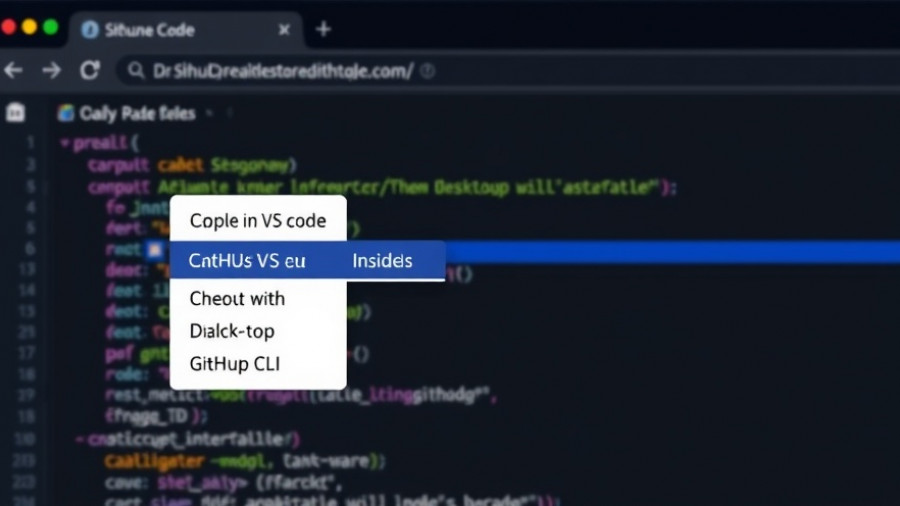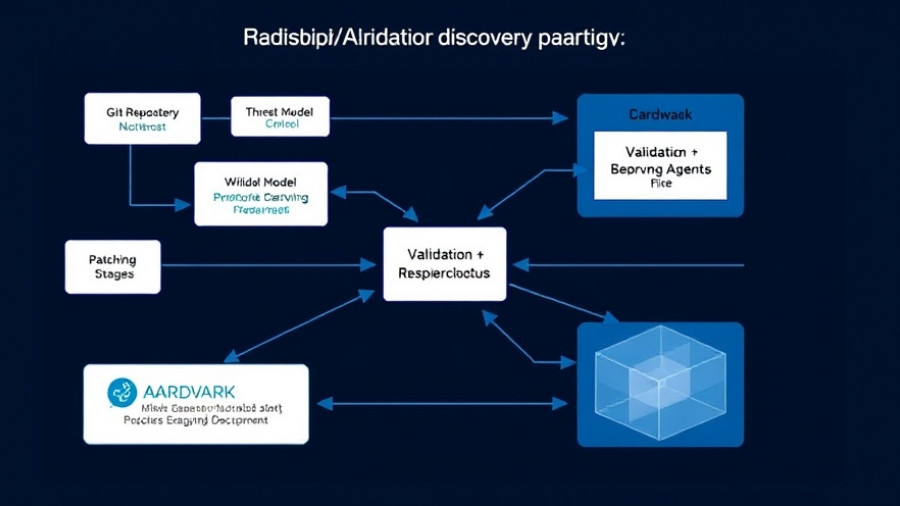
The Evolution of Entrepreneurship in the Age of AI
The entrepreneurial landscape is undergoing a seismic shift, particularly in an era increasingly dominated by artificial intelligence (AI). No longer just operators, entrepreneurs are evolving into orchestrators—individuals who harmonize the delicate balance between technology, market demands, and consumer preferences. A pivotal case in this evolution is Dell Technologies, which has pioneered a new operational model dubbed the "membrane". This approach enables businesses to flexibly cater to customer needs while optimizing their operations.
Dell's Groundbreaking Membrane Model
At the heart of Dell’s strategy rests the concept of a membrane organization, which facilitates a closer connection to customers. As articulated by Michael Dell himself, this model prioritizes reducing the time and distance between suppliers and customers. By eliminating traditional sales channels and opting to sell directly to consumers, Dell has been able to cut costs related to resellers, thereby simplifying the process of fulfilling customer needs. This operational model acts as a connective tissue, enabling the company to respond swiftly and efficiently to market changes.
Understanding Headless Agents
In the context of this new entrepreneurial framework, the advent of "headless agents" is particularly noteworthy. Unlike traditional AI applications that require distinct user interfaces such as websites or apps, headless agents function effortlessly across multiple platforms. They are designed to interpret and act upon consumer needs without the constraints of a user-facing design. This innate flexibility empowers businesses to streamline their services and cater to customers in a more integrated manner, responding to demands rapidly and effectively.
The Implications of Agentic AI for Entrepreneurs
As we venture further into this post-AI era, the growth of agentic AI becomes increasingly essential for entrepreneurs. These AI agents act autonomously and are capable of making decisions, ultimately fostering a company’s capacity to innovate. This transition requires entrepreneurs to rethink their roles—transforming them into managers of these AI systems rather than traditional decision-makers. Such a fundamental shift promotes faster, more adaptive business practices, ultimately benefiting both the company and its clientele.
Tips for Implementing the Membrane Structure
To adopt this membrane structure effectively, entrepreneurs should focus on three key elements: enhancing collaborations, adopting advanced data analytics, and prioritizing customer experience. Collaborating closely with specialized suppliers rather than attempting to manage everything in-house allows for greater flexibility and innovation. Advanced data methodologies, fueled by AI, enable entrepreneurs to predict trends and consumer behaviors, which can significantly impact strategic decision-making. Lastly, prioritizing an excellent customer experience ensures loyalty and fosters a sustainable business model.
Future Trends and Predictions in the AI Landscape
Looking ahead, several trends are likely to shape the future landscape of AI and entrepreneurship. The increased reliance on headless agents will likely lead to more seamless interactions between businesses and consumers. Moreover, a culture of agility will become paramount, where businesses that can swiftly adapt to new technologies and customer preferences will thrive. As entrepreneurial roles continue to evolve in response to these trends, the emphasis will likely be placed on leadership that fosters innovation, resilience, and flexibility.
In summary, the macro concepts of Dell's membrane model and the emergence of headless agents illustrate the intricate interplay between technology and business. For entrepreneurs navigating this landscape, embracing these concepts will not only be vital for survival but also for paving paths towards sustainable success.
To stay ahead in this rapidly evolving field, cultivate relationships with technology partners and invest in learning tools that enhance your understanding of these trends. Continuous learning is the key to future-proofing your entrepreneurial journey. As you prepare for the AI journey ahead, commit to experimentation, adapt swiftly, and prioritize responsive strategies to usher your business into an innovative future.
 Add Row
Add Row  Add
Add 




Write A Comment